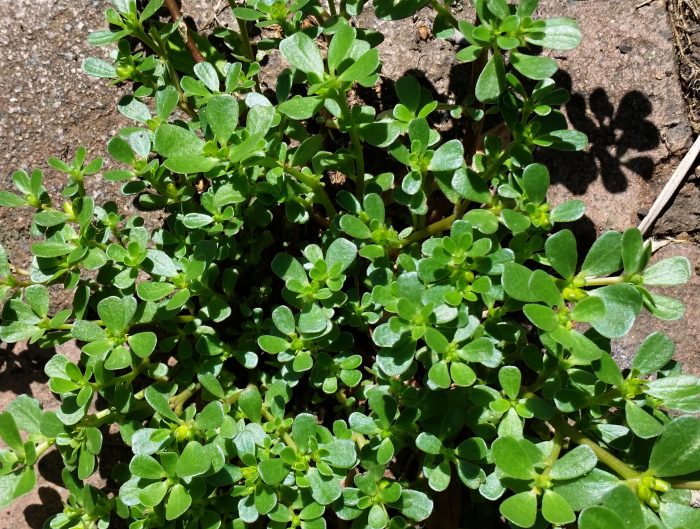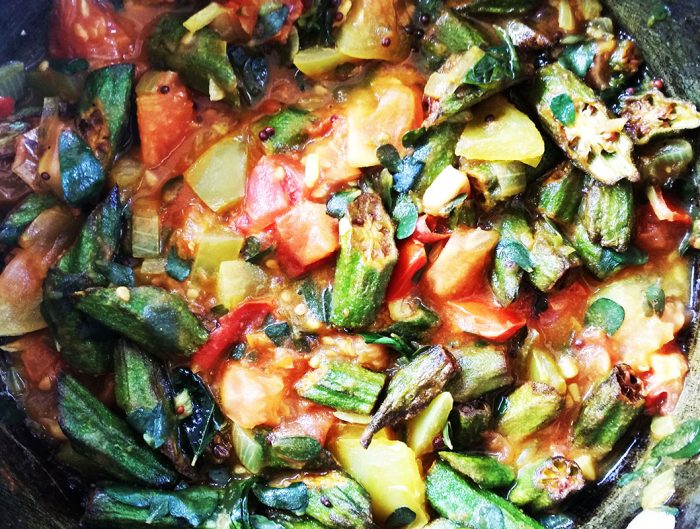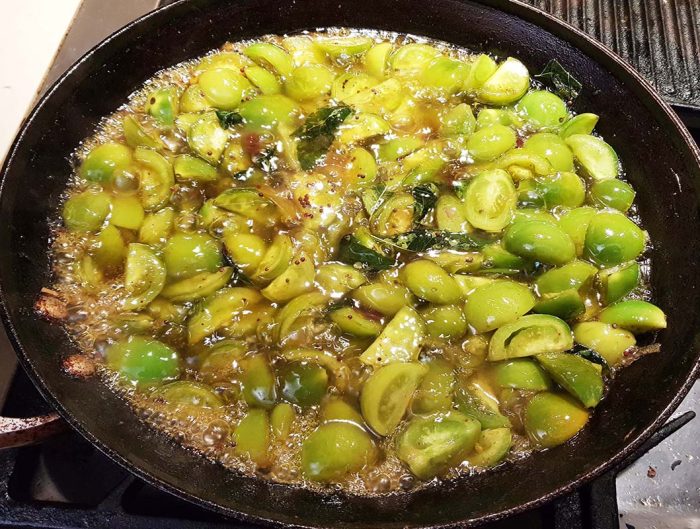Paul van Reyk
TAMARIND FRUIT – Would some subscriber of the ‘Sunday Times’ inform me how I could make use of tamarind fruit for home consumption? — E. W. Rockhampton, Queensland (1909).
The tamarind has a culinary history going back many millennia in tropical Africa, to where it is native, and South and South East Asia. It is a leguminous tree which puts it in the same botanical family as beans, soybeans, chickpeas, peanuts, lentils, lupins, mesquite, carob, alfalfa, and clover. Its name is derived from the Arabic thamar-ul-Hind translated as the date of India. It’s the pulp of its bean-like fruit – pods – that has the primary culinary use. The green fruit is rarely used being very sharp almost bitter. As the fruit matures the flesh softens to a brown pulp surrounding the seeds in the pod. The flavour of the pulp becomes sourer with a light degree of sweetness. It is this quality that is used in food preparations.
This article looks to answering E.W.’s question of what to do with tamarind fruit. My sources are newspapers and magazines dating from 1803, digitised by the National Library of Australia for the online library database Trove, and from a sample of Australian cookery books published between 1843 and 1909 when E.W. asked his question.


